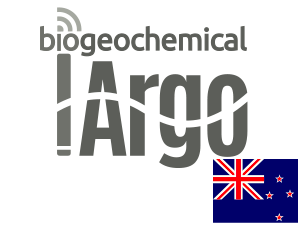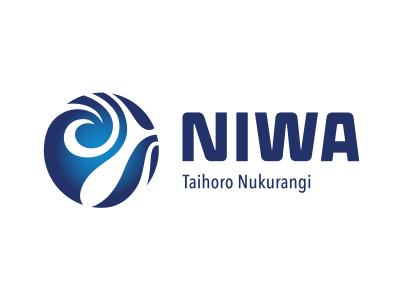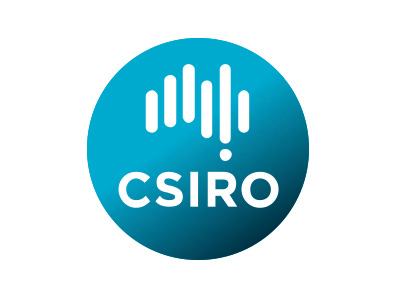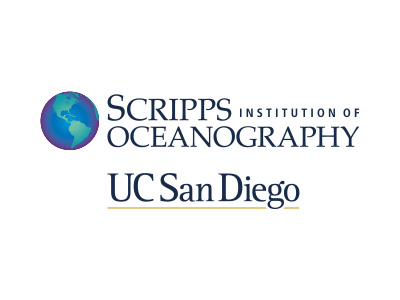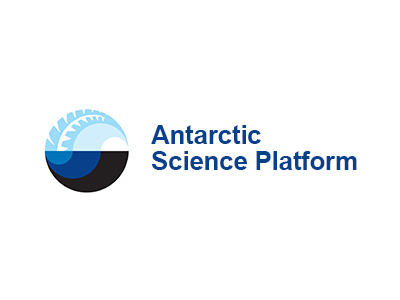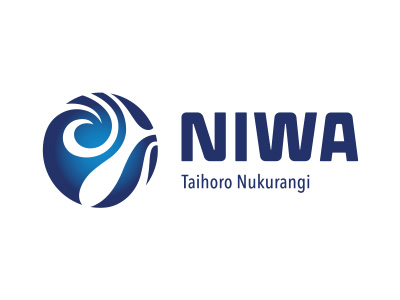- National priorities
- Projects & funding schemes
- Participating laboratories
- Funding agencies
- National contact
The New Zealand contribution to global Biogeochemical-Argo is coordinated within the Argo-New Zealand program where the national priorities are defined.
- The overall priorities of New Zealand Biogeochemical-Argo are totally in phase with those defined at an international level with respect to scientific and societal questions, variables to be acquired and float mission configuration.
- Areas of preferential deployments are essentially (but not exclusively) the South Pacific, Tasman Sea, the Southern Ocean and the Ross Sea including the shallow (600 m) continental shelf.
- Data management currently relies on our international collaborators in the US and Australia; however we have been historically committed in coordinating data management meetings (in phase with the Argo data management meetings) and involved in producing documentation required for data management and quality control procedures.
The New Zealand contribution to global Biogeochemical-Argo is supported through various sources of funding.
- Recurrent funding: One Biogeochemical-Argo float will be requested every 2 years to be deployed during New Zealand voyages in the Southwest Pacific and northern Tasman Sea. This Capex request will be through the National Institute of Water and Atmospheric Research Ltd (NIWA). Selected scientists are responsible for float deployments in their area of interest as well as the acquisition of in situ data for sensor calibration. Scientists are assisted in data access and visualization. Furthermore, they have the opportunity to change float mission (temporal and vertical resolution) for a limited period of float life-time (~ < 30 cycles) to conduct process studies. This funding scheme has started in 2025.
- Project-based funding: Biogeochemical-Argo contribution by the New Zealand Antarctic Science Platform community is focused on deploying floats in the Southern Ocean and the Ross Sea to increase the number of profiles in the polar region (south of 60°S). We have deployed 2 floats on the Ross Sea continental shelf in 2025 and plan to keep targeting this region and the Ross Sea gyre region (>2000m) over the next stage of project-based funding (2025-2032) :
- Long-term commitments: In New Zealand, Argo has been funded by Strategic Science Investment Funds (SSIF). We will utilise our growing links with other researchers in the global BGC-Argo community to form part of the expanding GO-BGC array contributing as an international partner to the future deployment plan and will take their guidance as we implement these new in situ robotic technologies and modelling initiatives in New Zealand waters, the Southern Ocean and the polar ocean.
The Antarctic Science Platform New Zealand Government-funded research project supports a range of physical and biological science to understand Antarctica’s impact on the global earth system and New Zealand, and how this might change in a warming world.
National Institute of Water and Atmospheric Research Ltd : NIWA's climate, freshwater and marine science helps develop solutions to the world's environmental problems and enhance the economic value and sustainable management of New Zealand’s aquatic resources and environments.
